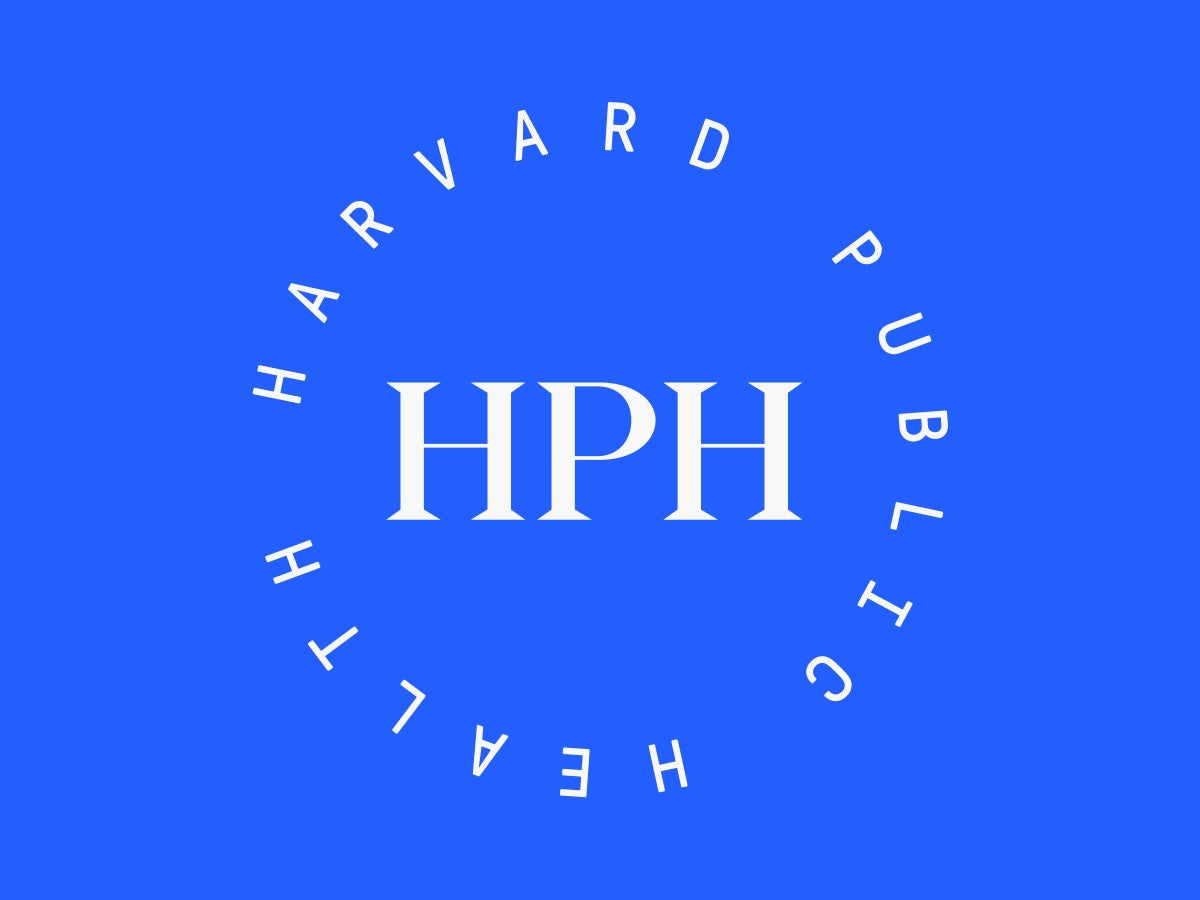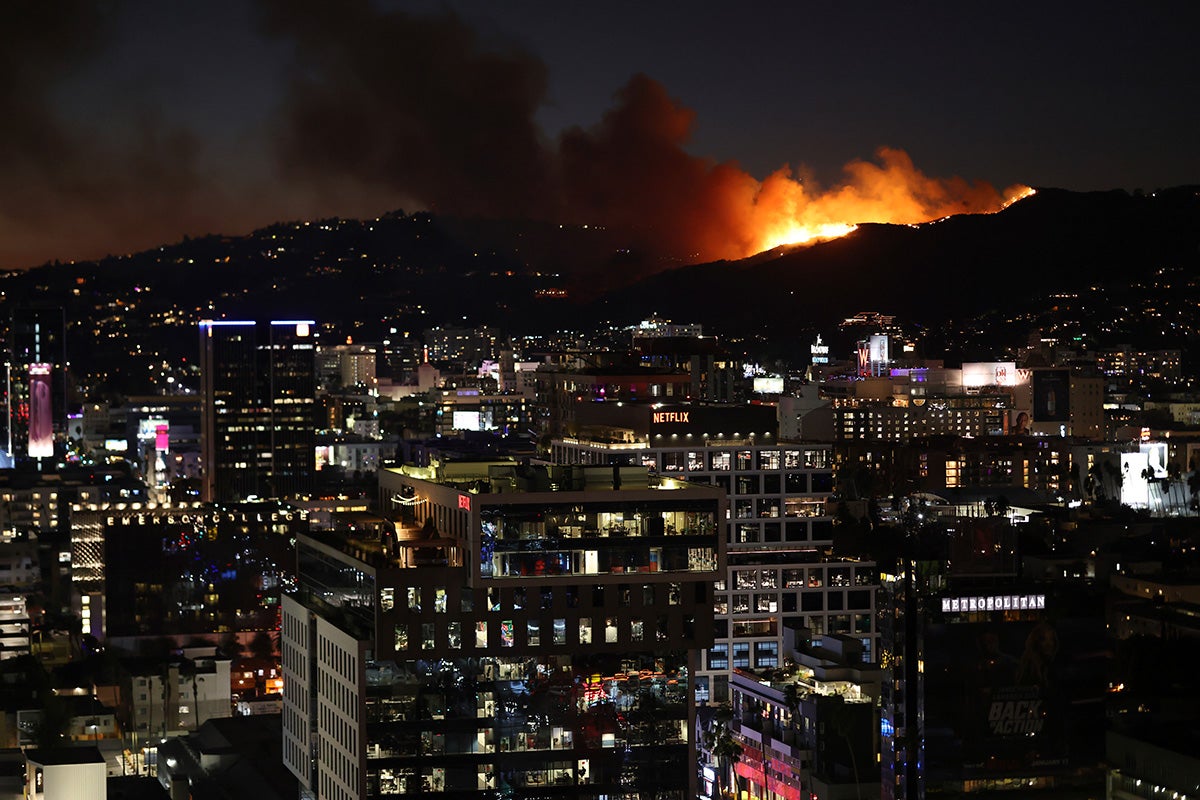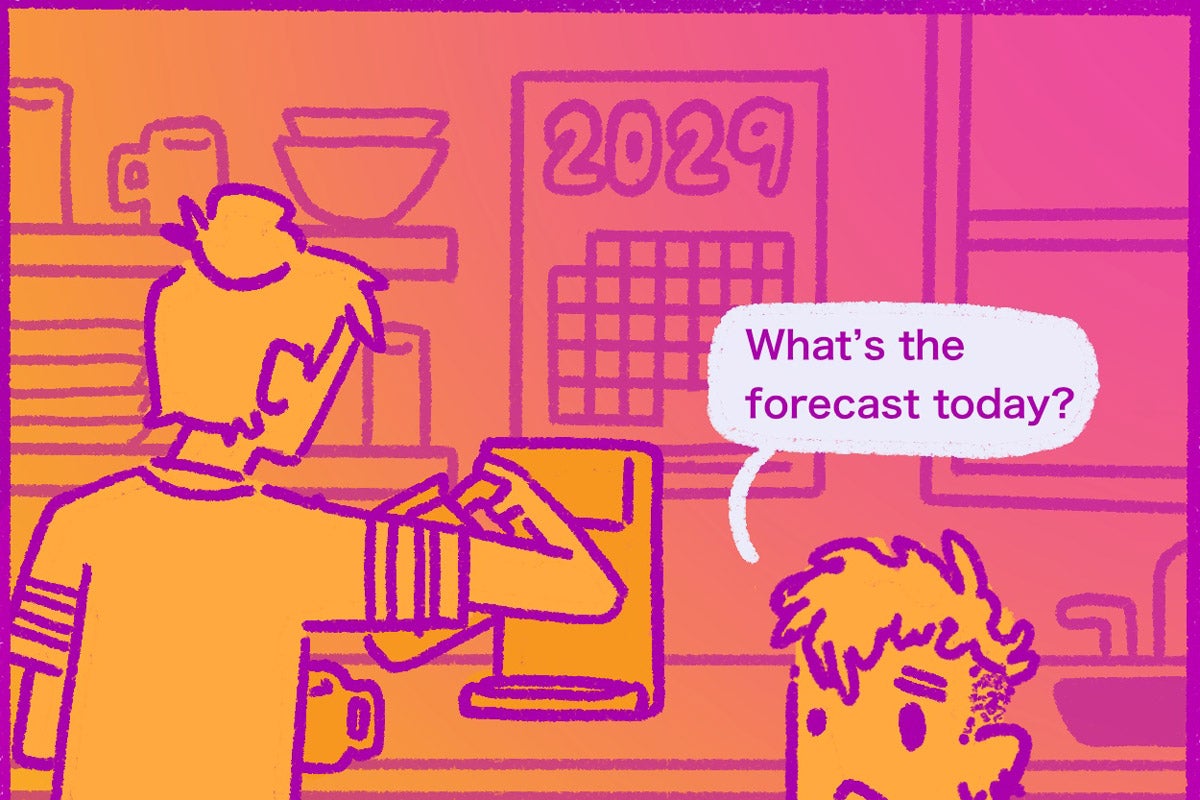
Book
Hope as a catalyst for change in Climate Futures
Imagine a world where hope for healing the planet fuels action. Public health and climate solutions are two sides of the same coin, and people work within their communities to address climate challenges. In What If We Get It Right? Visions of Climate Futures, Ayana Elizabeth Johnson envisions such a world and gives readers a blueprint to achieve it. Packed with hard truths, visionary ideas, and a call to reimagine how we care for our planet and each other, this book is not just an inspiring read—it’s a rallying cry.
The book has been lauded for its refreshing optimism. Johnson, a marine biologist, draws on her experiences as a Black woman, her research on coral reef ecosystems, overfishing, and marine biodiversity, and her contributions to international climate policy to craft a deeply inclusive narrative. She largely succeeds at an ambitious task: broadening the conversation about climate beyond science and technology to include environmental justice, culture, and public health. Her writing is engaging, accessible, and often urgent, blending research with real-world examples and community voices.
The book’s greatest strength lies in how Johnson makes responding to climate change available to everyone. Rather than presenting a rigid set of solutions, she offers a framework for thinking about climate response as a set of systemic changes rather than isolated interventions. When she does propose solutions, they are often practical, if currently underutilized. The approach she offers, as much as the connections between climate and health that she illuminates, makes the book essential reading for public health professionals grappling with the multifaceted challenges of climate change.
Climate action, she writes in a deeply personal introduction, is not an abstract endeavor but a tangible necessity for the lives and well-being of communities worldwide. “We are not separate from the systems we aim to protect; we are part of them.”
Johnson challenges readers to redefine hope as “a propellant,” driving a commitment to act, rather than a passive sentiment.
For example, ocean conservation isn’t just about preserving ecosystems. It’s about safeguarding cultural heritage, livelihoods, and ways of life that are vital to community health. Vivid examples throughout the book illustrate how ecological degradation directly threatens human health, particularly in vulnerable populations who depend on marine resources for nutrition and economic stability. Overgrown reefs left behind by vanishing urchins, she writes, are smothered by unchecked algal growth, reducing fish populations that coastal communities rely on for protein.
Further, she observes, racial disparities in the United States point to a pattern of exclusion of Black people and other marginalized communities from decisions that affect their lives and health. These communities are disproportionately vulnerable to rising seas and flooding. Getting it right means ensuring that their voices and their interests are included in the response.
Her critique of the systemic roots of climate and health inequities will not surprise readers who are familiar with the structural determinants of health. For example, she writes that by popularizing the carbon footprint, fossil fuel companies have shifted blame for greenhouse gas emissions to individuals and diverted attention from industrial-scale emissions as the primary driver of global warming. These emissions are linked to public health crises, including respiratory and cardiovascular disease, along with climate-driven health inequities. Extreme heat, food insecurity, and displacement from housing due to environmental conditions affect marginalized communities disproportionately. Toxic pollution, including microplastics and chemical runoff, infiltrates food systems and water supplies and endangers human health.
Some of her proposed solutions will be familiar to readers who follow political debates about climate change, as will her call for policymakers, public health institutions, and activists to step up. She wants to see more regulation of fossil fuel industries and more enforcement of corporate responsibility. But she also emphasizes grassroots action, advocating for community-led health and environmental justice efforts.
Public health practitioners will find the chapter titled “Disasterology” especially compelling. Extreme weather due to climate change has intensified natural disasters such as hurricanes and wildfires. Johnson critiques the “limited intervention model” of disaster recovery in the United States, which she observes leaves marginalized communities to navigate complex aid systems with little government support. Having made the diagnosis, Johnson advocates for reforms such as fully funding local emergency management departments, improving flood insurance policies, and shifting to community-led disaster preparedness. These proposals, though seemingly straightforward, challenge entrenched bureaucratic structures and could transform how public health systems integrate disaster readiness.
Johnson also stresses the effectiveness of community-led solutions, pointing to grassroots and mutual aid networks that have proven essential in disaster response and recovery. For public health practitioners, this insight is particularly valuable: It underscores how localized responses can improve health equity and why investments in community resilience are essential for mitigating the long-term health impacts of climate-related disasters. Her analysis serves as a compelling call for public health to engage not only in emergency response but also in structural policy advocacy and equitable preparedness planning.
In the concluding section, “Transformation,” Johnson challenges readers to redefine hope as “a propellant”—driving a commitment to act—rather than a passive sentiment. A better world is in reach through what she calls “leaderful” movements—where leadership is distributed across society. “We need many leaders to accelerate the transformation from an extractive economy to a regenerative one,” she writes, emphasizing the importance of collective action over individuals or communities acting alone.
Her call to action—a “Climate Oath”—asks readers to consider their ethical responsibility to integrate climate justice into their practices. She is inspired by this key part of the Hippocratic Oath: “I will prevent disease whenever I can, for prevention is preferable to cure.”
Because the book largely focuses on the United States, it may have limited relevance for a global audience. For example, she does not deeply explore how low- and middle-income countries are navigating climate-related health challenges or how global health partnerships could be leveraged to do so.
But Johnson achieves her primary goal. She broadens readers’ perspectives beyond a narrow, science-driven view of climate solutions. By framing climate action as a pathway to healthier, more equitable communities, she makes it possible to stop fixating on averting disaster. Her work is not just a roadmap but an invitation to see climate action as deeply interconnected with social transformation.
Book cover: One World


